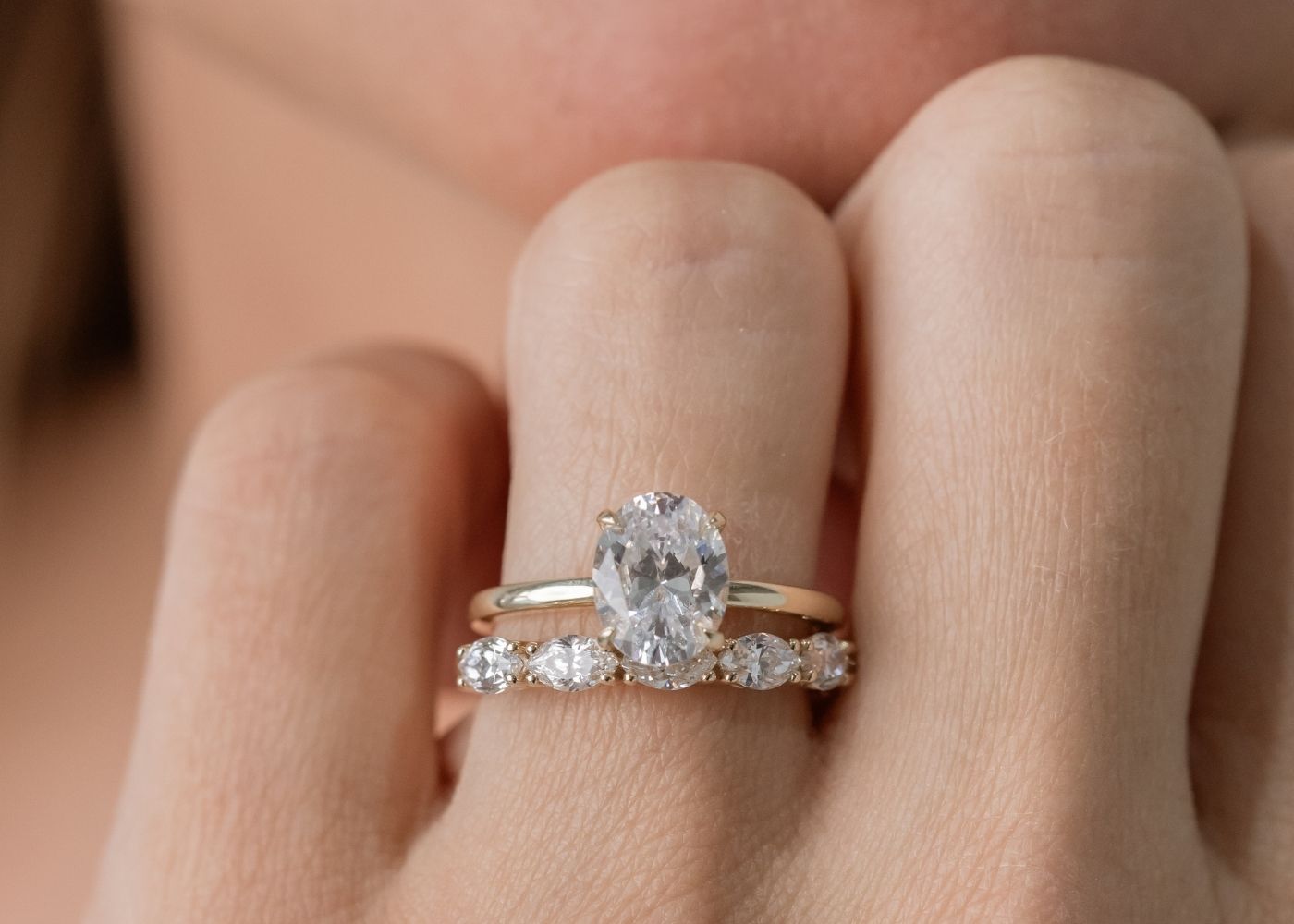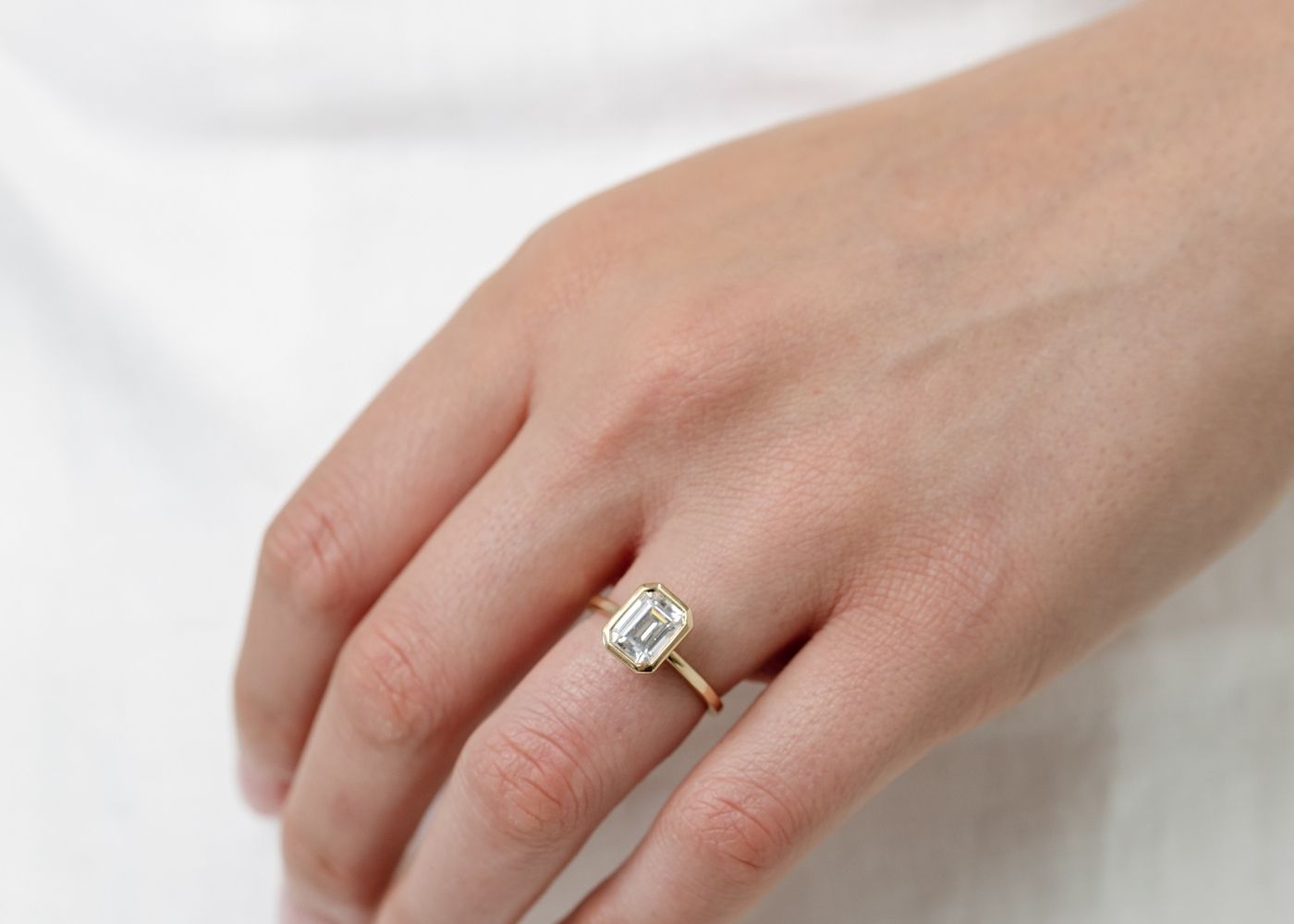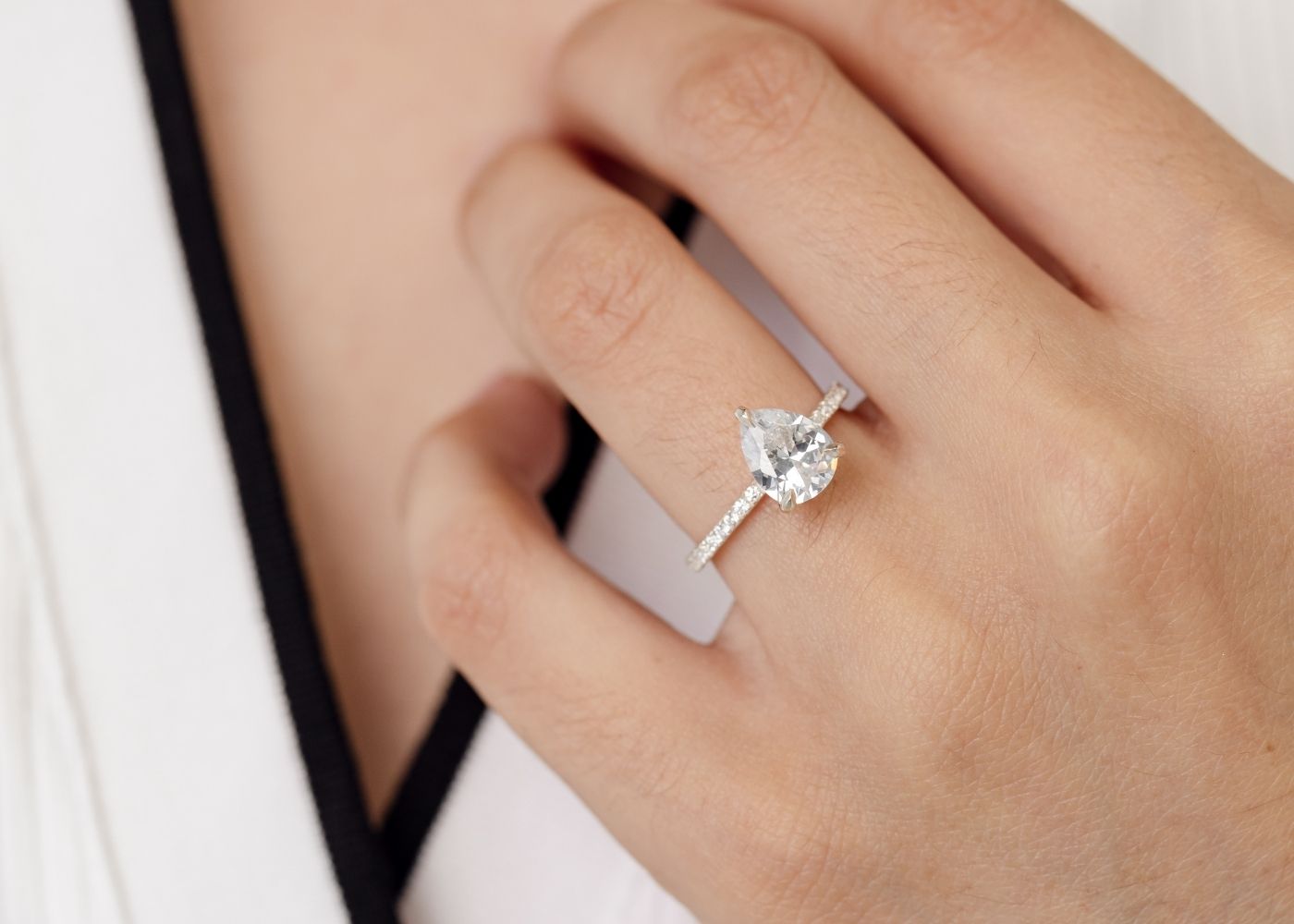Tungsten
Characteristics and Physical Properties
- Tungsten is a hard steel-grey metal that is often brittle and hard to work.
- Purified, monocrystalline tungsten retains its hardness and becomes malleable.
- Tungsten has the highest melting point, lowest vapor pressure, and highest tensile strength among all metals.
- Tungsten has the lowest coefficient of thermal expansion of any pure metal.
- Alloying tungsten with steel increases its toughness.
- Tungsten has a melting point of 3,422°C and a boiling point of 5,930°C.
- Its density is 19.30 grams per cubic centimeter.
- Tungsten is intrinsically brittle but can be cut with a hard-steel hacksaw when in a pure single-crystalline form.
- Tungsten has a body-centered cubic structure (α phase) and a metastable A15 cubic structure (β phase).
- Tungsten has the lowest electrical resistivity in its α phase.
Isotopes
- Naturally occurring tungsten consists of four stable isotopes (182W, 183W, 184W, and 186W) and one long-lived radioisotope (180W).
- Only 180W has been observed to decay into isotopes of element 72.
- Tungsten has 34 artificial radioisotopes, with the most stable being 181W, 185W, 188W, 178W, and 187W.
- The half-life of 181W is 121.2 days, 185W is 75.1 days, and 188W is 69.4 days.
- Tungsten also has 11 meta states, with the most stable being 179mW (6.4 minutes).
Chemical Properties
- Tungsten is mostly non-reactive and does not react with water, most acids and bases, or oxygen at room temperature.
- It reacts with fluorine to form tungsten(VI) fluoride and with chlorine or bromine at elevated temperatures.
- Finely divided tungsten is pyrophoric.
- Tungsten typically exhibits oxidation states from -2 to +6, with +6 being the most common.
- Tungsten combines with oxygen to form tungstic oxide, which dissolves in aqueous alkaline solutions to form tungstate ions.
Applications
- Tungsten is used in incandescent light bulb filaments, X-ray tubes, and gas tungsten arc welding electrodes.
- It is used in superalloys and for radiation shielding due to its hardness and high density.
- Tungsten compounds are often used as industrial catalysts.
- Tungsten is suitable for military applications in penetrating projectiles.
- Tungsten is found in biomolecules in a few species of bacteria and archaea, but it is toxic to most forms of animal life.
Tungsten Compounds and Forms
- Tungsten compounds include paratungstate B anion, metatungstate anion, and heteropoly acids.
- Paratungstate B anion is less soluble, while metatungstate anion is very soluble.
- Metatungstate anion exists as a symmetric cluster of twelve tungsten-oxygen octahedra known as the Keggin anion.
- Inclusion of different atoms, like phosphorus, in metatungstate produces heteropoly acids.
- Tungsten trioxide can form intercalation compounds with alkali metals, such as sodium tungsten bronze.
- Tungsten forms diatomic species W in gaseous form.
- Diatomic tungsten molecules feature a sextuple bond between tungsten atoms.
- This sextuple bond is the highest known bond order among molecules.
- The diatomic tungsten species is represented as W.
- Tungsten can form intercalation compounds with alkali metals, resulting in tungsten bronzes.
- An example of a tungsten bronze is sodium tungsten bronze.
- Tungsten bronzes are formed when tungsten compounds intercalate with alkali metals.
- Tungsten bronzes have unique properties and applications.
- Tungsten is part of many polyoxometalate anions.
- These anions exist as metastable species.
- Metatungstate is one example of a polyoxometalate anion.
- Metatungstate can be modified by replacing central hydrogens with different atoms like phosphorus.
- The substitution of atoms in metatungstate produces a variety of heteropoly acids.
Tungsten Data Sources
| Reference | URL |
|---|---|
| Glossary | https://harryandcojewellery.com.au/blogs/glossary/tungsten |
| Wikipedia | http://en.wikipedia.org/wiki/Tungsten |
| Wikidata | https://www.wikidata.org/wiki/Q743 |
| Knowledge Graph | https://www.google.com/search?kgmid=/m/025sk79 |





